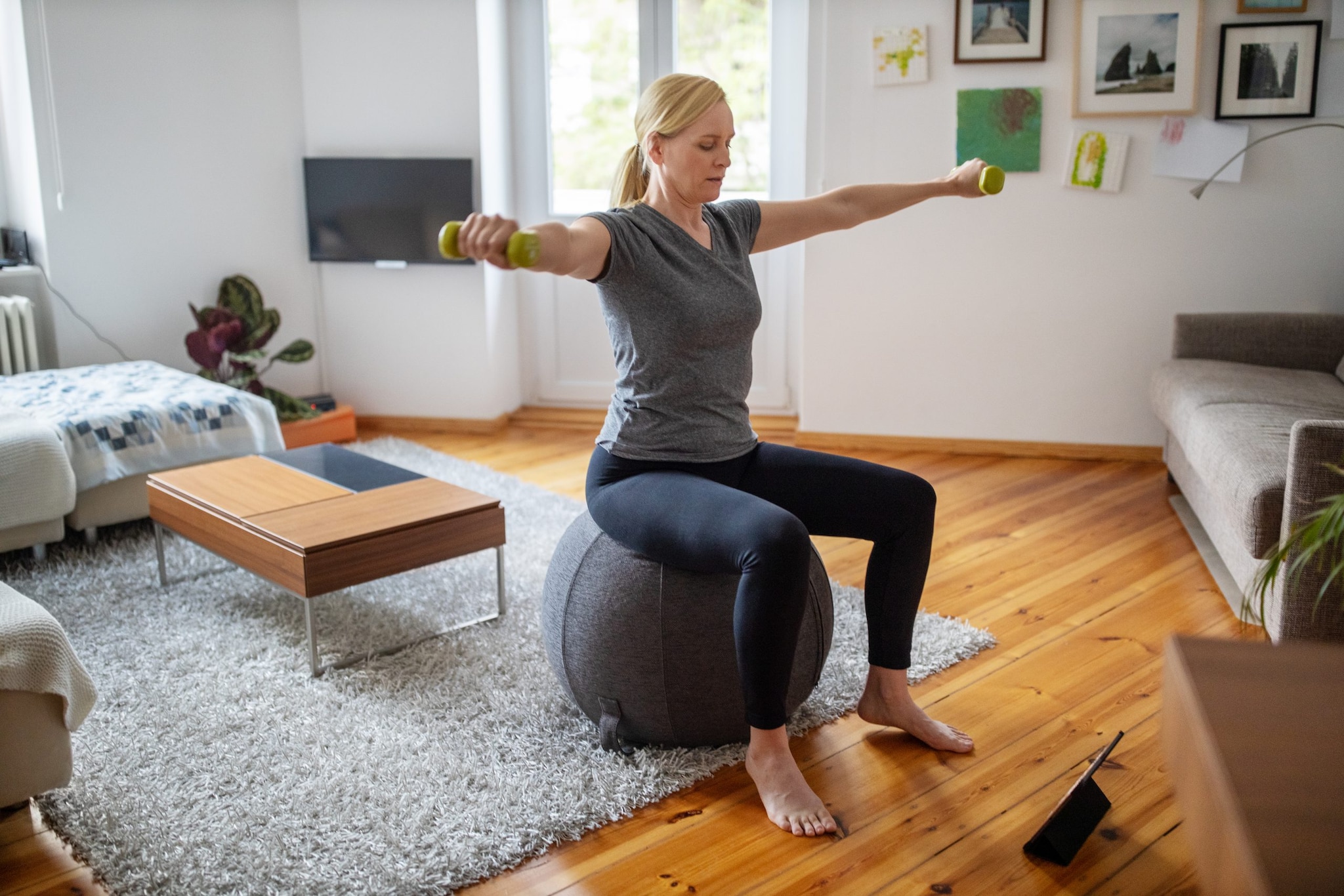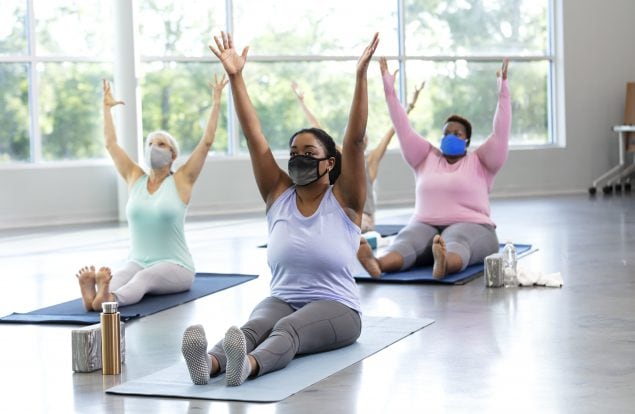Arthritis on the Rise
Learn how physical activity can help the increasing number of adults with arthritis.
Arthritis is a leading cause of disability in the United States, and a new CDC analysis finds that the number of US adults with diagnosed arthritis has increased to almost 59 million, or almost 1 in 4 US adults. This represents an increase of more than 4 million since 2013–2015.
CDC’s Arthritis Program also released findings on common physical activities and physician counseling among US adults with arthritis. This information can help focus national, state, and local efforts to increase joint-friendly physical activity and self-management education among adults living with arthritis.

Arthritis affects nearly 59 million US adults.
Who is Most at Risk for Arthritis and Related Activity Limitations?
Arthritis can affect a person’s overall function and mobility and result in activity and other limitations. The estimated number of US adults with activity limitations from arthritis has increased more quickly than projected, from 23.7 million 2013–2015 to 25.7 million in 2016–2018.

Talk to your doctor about finding programs to help ease you into physical activity and keep you safe.
Arthritis and related activity limitations can affect anyone, but some groups are more affected than others. Recent research found that arthritis prevalence increased with age, body mass index, physical inactivity, and worsening physical and mental health. Arthritis was highest among adults who were unable to work, disabled, or had fair or poor self-rated health.
Activity limitations were also highest in these groups, and among American Indian and Alaska Native people and people with low incomes and moderate to serious psychological distress.
The following muscle strengthening activities are suitable for adults with arthritis:
- Lifting dumbbells, cans of food, or water bottles.
- Using resistance bands.
- Doing pushups or lunges.
If you are new to strengthening or other physical activities, first talk to your health care provider. A doctor or physical therapist can make sure the exercises are safe for you and help you gain strength.
What Can You Do If You Are One of 59 Million?
Nearly a third of adults with arthritis are not physically active. Physical activity can help ease arthritis pain and morning stiffness, improve joint flexibility, reduce likelihood of disability, and improve mood. A recent CDC report shows only 1 in 6 adults with arthritis attended an educational program to self-manage arthritis, and 7 in 10 adults with arthritis had a doctor counsel them on physical activity.

Joint-friendly physical activity can help ease arthritis symptoms like pain and stiffness.
Physical activity programs that include aerobic, muscle strengthening, and balance exercises are the most beneficial for adults with arthritis. But any physical activity is better than none. Recent data on common physical activities among adults with arthritis show 7 in 10 adults with arthritis did physical activity that was not work-related. Walking was the most common reported activity (71%), followed by gardening (13%), and weightlifting (7%).
Walking is a low-cost way to strengthen muscles and improve circulation and joint movement. Gardening can help reduce stress and fatigue and help improve your mental health and quality of life. Muscle strengthening and weightlifting can reduce arthritis pain, prevent muscle loss, and improve overall fitness. Health care providers can counsel patients on walking and other physical activities and can refer them to low-cost, evidence-based physical activity programs.
The CDC Arthritis Program recognizes evidenced-based self-management and physical activity programs that help adults with arthritis overcome common barriers to physical activity, including cost, lack of instructions on preventing injury, and fear of arthritis worsening. Many of these programs are now offered remotely. Talk to your doctor about helping you find programs that ease you into physical activity and help you learn how to manage arthritis and other chronic diseases so you can live better with arthritis.
Get Active!
If you have arthritis, joint-friendly physical activities can help with pain, joint mobility and function, and quality of life. Joint-friendly physical activities are low-impact, which means they put less stress on the body, reducing the risk of injury.
Learn to Manage Arthritis
Attending self-management programs can help adults with arthritis learn how to manage pain, reduce depression, and gain control of their arthritis. Learning these skills can help you feel your best and increase your confidence to manage arthritis and other conditions daily.
References:
- Theis KA, Steinweg A, Helmick CG, Courtney-Long E, Bolen JA, Lee R. Which one? What kind? How many? Types, causes, and prevalence of disability among U.S. adults.external icon Disabil Health J 2019;12:411–21. https://doi.org/10.1016/j.dhjo.2019.03.001
- Theis KA, Murphy LB, Guglielmo D, et al. Prevalence of arthritis and arthritis-attributable activity limitation—United States, 2016–2018.external icon MMWR Morb Mortal Wkly Rep 2021;70:1401–1407. DOI: http://dx.doi.org/10.15585/mmwr.mm7040a2external icon
- Guglielmo D, Murphy LB, Theis KA, et al. Walking and other common physical activities among adults with arthritis—United States, 2019external icon. MMWR Morb Mortal Wkly Rep 2021;70:1408–1414. DOI: http://dx.doi.org/10.15585/mmwr.mm7040a3external icon
- Duca LM, Helmick CG, Barbour KE, et al. Self-management education class attendance and health care provider counseling for physical activity among adults with arthritis—United States, 2019. MMWR Morb Mortal Wkly Rep. 2021;70(42):1466– doi:10.15585/mmwr.mm7042a2